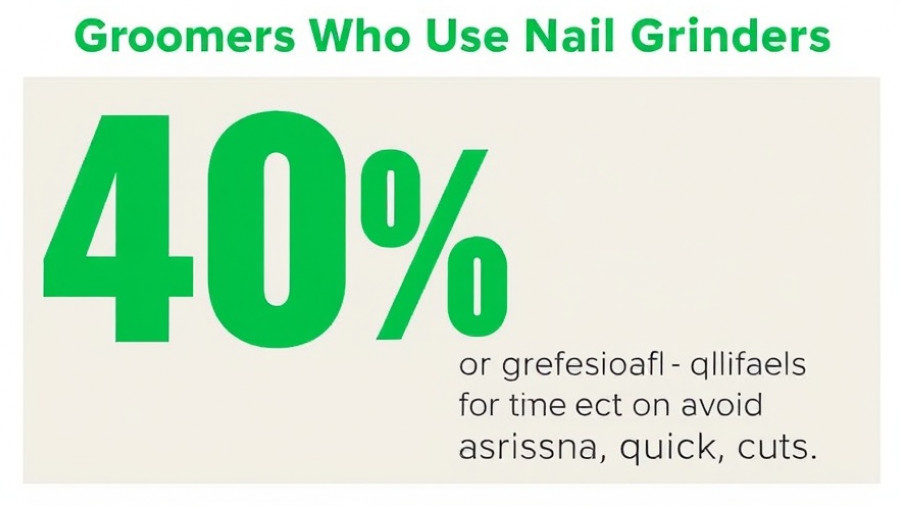
Understanding the Necessity of a Dog Safety Stick
Walking our dogs should be a joyful experience, yet the reality is that encounters with aggressive dogs can pose real dangers. According to data from the American Veterinary Medical Association, there are approximately 4.5 million dog bites reported annually in the U.S. A dog safety stick can create a crucial barrier of protection when faced with an aggressive dog, giving you peace of mind during your walks.
The Design Advantages of a Dog Safety Stick
A dog safety stick acts not only as a physical barrier but also serves as a visual deterrent, establishing distance from aggressive animals. Ideal models typically range from 36 to 48 inches in length, ensuring maneuverability without compromising reach. Lightweight aluminum construction with ergonomic handles and textured grips enhance usability and comfort, allowing effective control during critical moments.
Traditional vs. Specialized Safety Sticks: Which Is Better?
While traditional walking sticks may assist in mobility, they often lack safety-specific features. Specialized dog safety sticks, on the other hand, are designed with distinct functionalities—such as reflective strips for visibility and integrated noise-makers to deter aggressive dogs. Trainers recommend fixed-length safety sticks due to their consistent reliability compared to telescoping models, especially during stressful encounters.
Navigating Legal Frameworks on Dog Safety Sticks
The legal status of dog safety sticks varies across states, with most clasifying them as aids rather than weapons. For instance, California has restrictions on tactical designs, while states like Texas and Florida impose no limits on standard safety sticks. It's essential for dog owners to familiarize themselves with local laws before acquiring these tools for protection.
Key Selection Criteria for Enhanced Safety
Choose a safety stick that fits comfortably in your hand—consider both grip circumference and weight stability for effective maneuvering. Understanding your walking routes will also guide whether you prefer a collapsible telescoping stick or a fixed-length model. Familiarizing yourself with the handle and weight distribution ensures you are fully prepared for any dog encounters.
Pitfalls to Avoid When Acting During Dog Encounters
During an aggressive encounter, your grip and body position are critical. Hold the stick diagonally across your body to create a barrier without appearing threatening. Always remember to keep your movements slow and calm; raising the stick above shoulder height can escalate tension with an aggressive dog. Instead, establish your position firmly without unnecessary gestures.
Practical Techniques to Manage Encounters
Should you find yourself confronted by an unknown dog exhibiting aggressive behavior, maintain a safe distance of approximately 15 feet. Command the dog firmly but gently, using a low-toned voice to discourage aggressive advances. Tapping the stick on the ground can further establish boundaries, as dogs respond viscerally to sound as well as visual cues.
What to Do When Retreating Becomes Necessary
If multiple signs of aggression manifest or other dogs join the fray, prioritize your safety by slowly backing away while keeping the stick positioned between you and the threat. Avoid turning your back; this could provoke a chase instinct in the dog. A well-planned retreat will keep you at a safer distance as you make your way to security.
Recommended Models for Serious Protection
When considering the best safety stick options, models like the Cold Steel Brooklyn Crusher and ASP Friction Loc Baton stand out. Their rigorous construction ensures they withstand high-stress circumstances, while ergonomic features make them comfortable to use. Professional guidance advocates investing in such premium tools, as they can significantly enhance safety when properly utilized.
The Value of Preparation and Consistent Practice
Mastering the use of a dog safety stick requires regular practice to build muscle memory and confidence. Training sessions should focus on transition movements and response patterns, allowing you to react instinctively in high-stress situations. Demonstrating confidence through your body language and intentional actions can effectively deter aggressive behaviors from dogs.
Our objective at DogingtonPost is to equip every dog owner with the tools and knowledge necessary for safe interactions with both their dogs and other animals.
 Add Row
Add Row  Add
Add 




Write A Comment